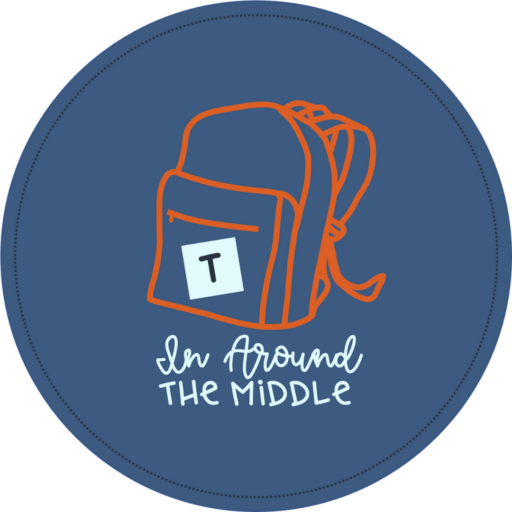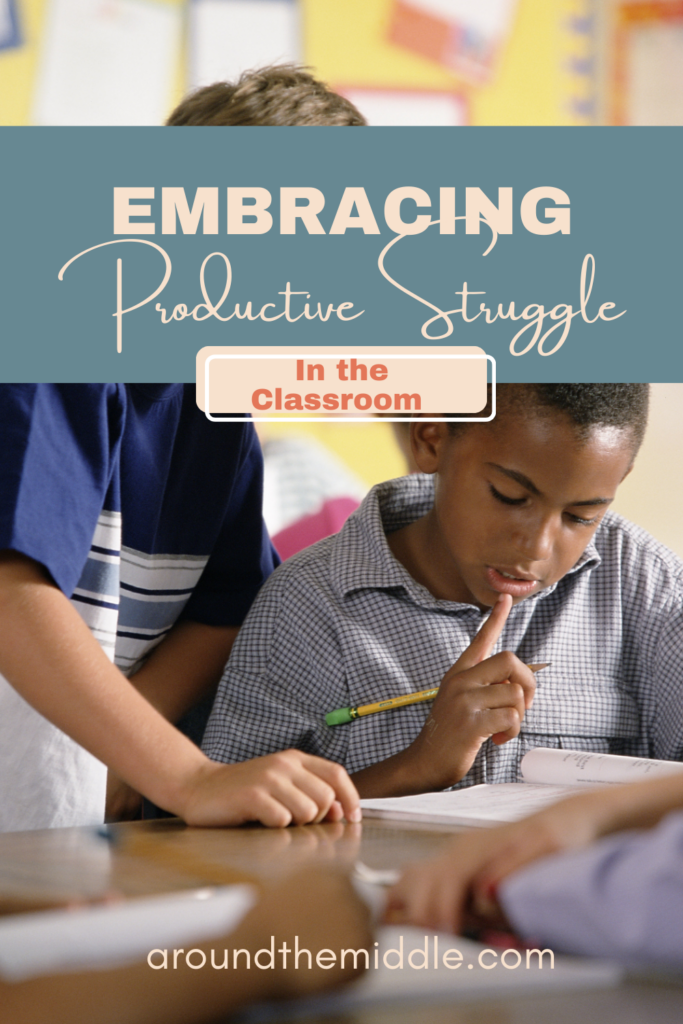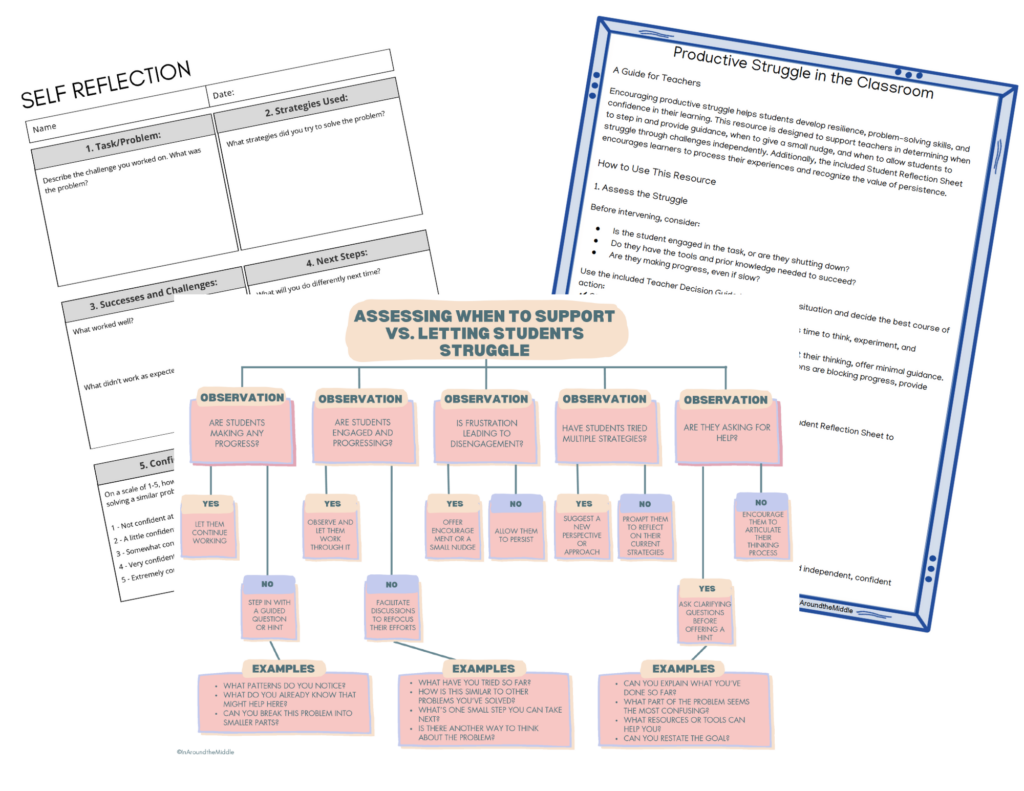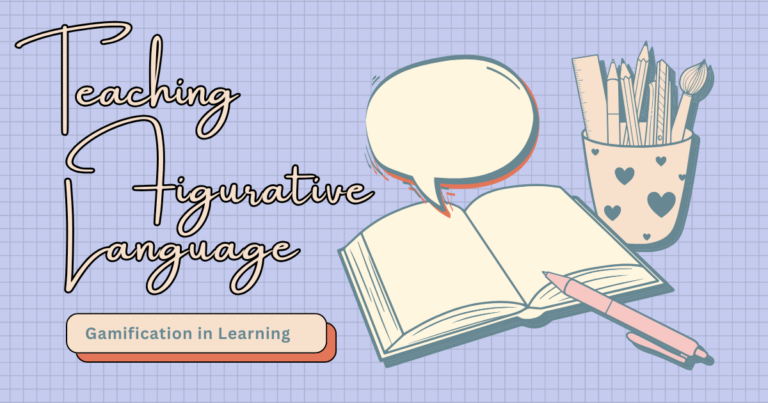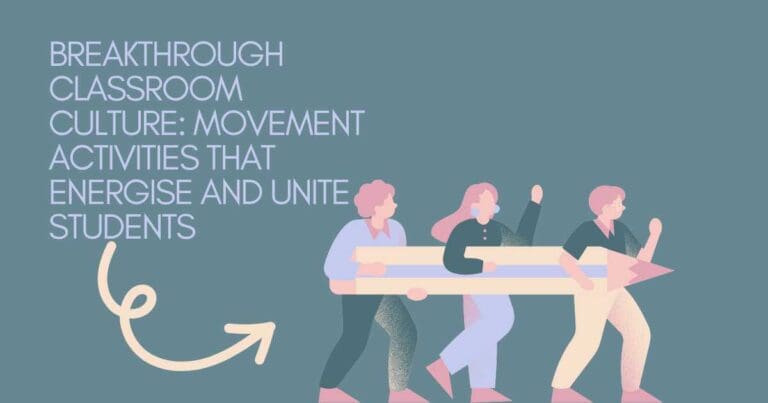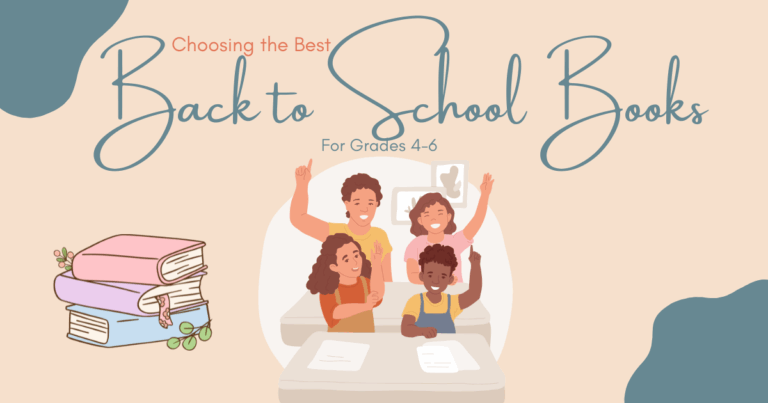Frustration to Breakthrough: Elevating Learning with Productive Struggle Activities
Imagine this: your students are huddled around a puzzle in your latest escape room activity. They’re frustrated, brainstorming wildly, and testing ideas. One student suggests a breakthrough idea, and suddenly, the entire group erupts in cheers. Moments like this are why productive struggle activities matter.
In case you haven’t figured it out yet, serious post here, but it’s an important one.
Productive struggle—the process of grappling with challenges just beyond one’s current abilities—is an essential part of learning. It builds resilience, critical thinking, and the confidence to tackle new problems. Because, you know what? Our students need to learn to break through the frustration. They need to learn to work together in a team to break through together, not give in to the frustration and tear each other down.
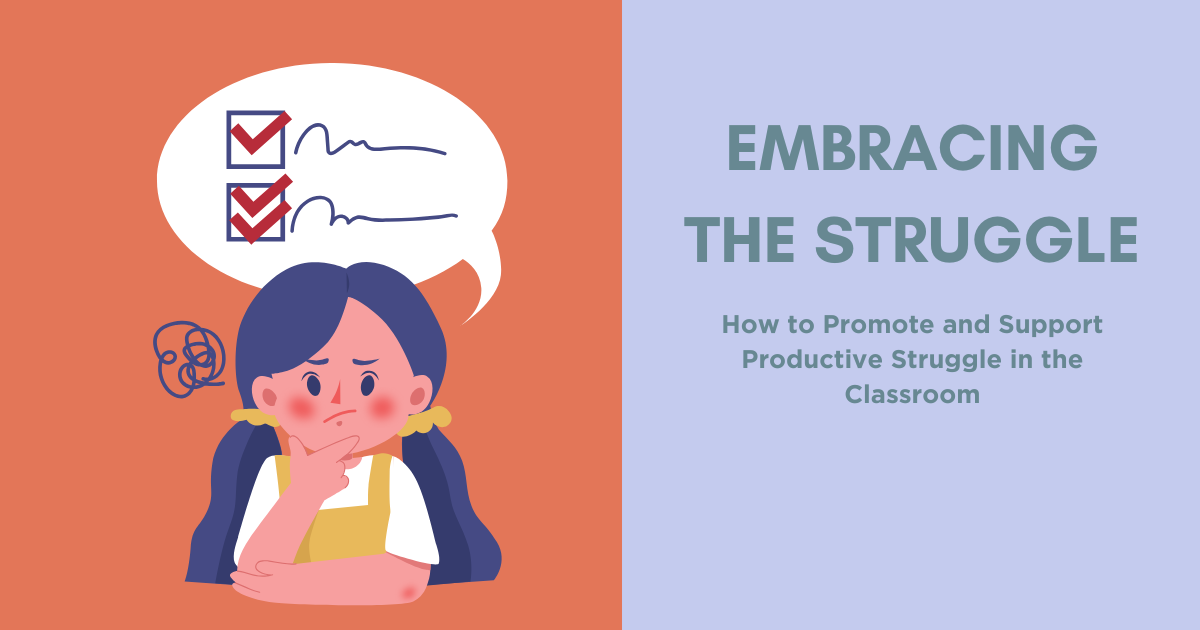
Why Productive Struggle Matters
Developing Grit
When students persist through difficulties, they build grit—the ability to persevere and overcome setbacks. As teachers we know this, but you know what else we know as teachers? Setting students up to struggle and develop grit is HARD WORK! Yup, I said it. Those lessons that are so amazing and so successful also leave you exhausted. So, we need to help our students develop the ability to struggle and work together as a team and not leave ourselves drained at the end of the lesson.
Real-World Connection
Challenges are inevitable in life. Whether it’s solving a tough math problem or resolving a conflict with a friend, the ability to work through struggle is key to success. This is why productive struggle in our classrooms is such a critical component of teaching. As teachers, we want our students to retain knowledge, build problem-solving skills and develop deeper comprehension and analytical skills, but how do we get there?
Creating a Safe Environment for Struggle
Building Trust
Students need to feel safe making mistakes. Safe from comments from their classmates, safe from the fear of failing you. The first step is to establish a classroom culture where errors are seen as learning opportunities. Remind students that everyone struggles, and success comes from perseverance. They need this reminder every – single – time they are frustrated and ready to break. They need to be reminded that you know they are struggling, that you see them, and that are intentionally asking them to push through. Simply put, remind them you will catch them as they fall but you expect them to jump.
Growth Mindset
The words we use matter. Encourage students with phrases like:
- “You’re not there yet, but you’re getting closer.”
- “What strategies have you tried so far?”
- “What other strategies have we talked about before?”
- “What do you already know?”
- “Mistakes mean you’re learning something new.”
Modeling Struggle
When we model our own struggles—whether it’s solving a problem or learning a new skill—students see that it’s okay to struggle and that persistence leads to progress. This is what productive struggle looks like in action. Talk through your thinking process out loud. Talk through the thought process of past students as if you were them. Model this out loud again and again and again. Teach them to recognise the thought bubble in their own head.
Promoting Struggle through Engaging low-prep activities
Productive Struggle Activities: Escape Rooms and Scavenger hunts
Activities like escape rooms and scavenger hunts naturally promote productive struggle. Students must collaborate, think critically, and solve complex (and some not-so-complex) problems to succeed. These are excellent examples of productive struggle activities that engage students. If students are engaged, they are more likely to push through the struggle.
For example, my students were completing in a novel-based escape room for the novel Out Of My Mind by Sharon M. Draper, where they had to answer multiple choice review questions about the novel. Now, not all multiple choice questions are created the same, and this is no different. Some were straightforward to answer if they’d read the book and provided an entry point for everyone to be successful. Some were more tricky if they hadn’t been paying close attention to the book.

The thing is, with an escape room, the struggle isn’t just answering the questions, they then have to do something with those answers, and in this case, use a decoder to convert their answer to a number, AND there are 4 different decoders, AND then there is a final 4-digit code. The process might frustrate them, but when they solve it, the sense of accomplishment is unparalleled.
What makes these even better is that they are not hard work to prep (print-and-go), set-up (I seriously stick these up on my walls around the room), or run. This leaves me to wander the class and use that essential growth mindset language mentioned above to help them push through the struggle.
Check out my post on productive struggle and gamified learning here.
Layering Hints
Growth Mindset language not enough? Try providing tiered hints that guide students without giving away answers. For instance:
- Offer a general clue. This might be for how to use a decoder, or a reminder of what else happened in that section of the novel.
- Suggest a more specific direction if needed. Point out where they might have gone wrong by asking if they are sure it’s correct.
- Only as a last resort, provide a nearly complete solution, but not all.
Not sure when to jump in and when to stay out? Grab my free flowchart and questioning support guide here.
Using Time Pressure Strategically
Set a time limit to create urgency, but ensure it’s realistic. Time pressure can drive engagement, but it should never overwhelm or discourage students. This balance is crucial for supporting productive struggle in education. If they are just starting out, rather than a time limit, have them write down the time when they finished, then they have this time to beat the next time you set a similar task.
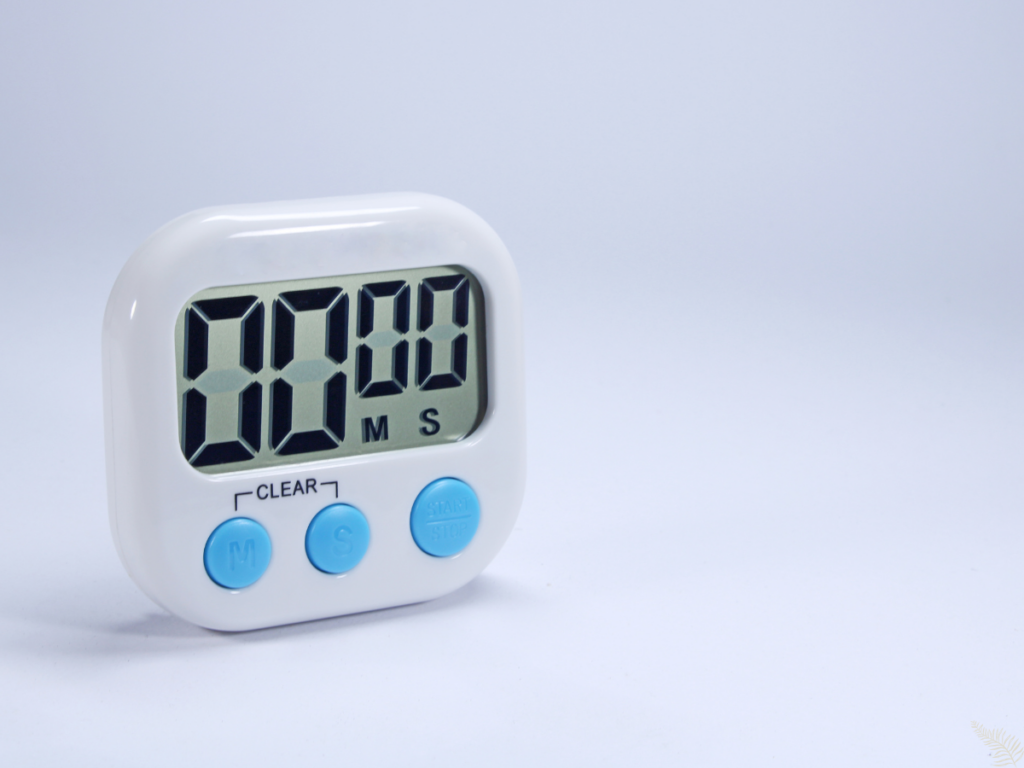
Supporting Students During Struggles
Active Observation
Watch students closely. Are they making progress, even if it’s slow? Or are they completely stuck? Use their actions and conversations to decide when to intervene.
Targeted Interventions
Instead of solving the problem, ask guiding questions, such as:
- “What do you know so far?”
- “What have you tried that didn’t work?”
- “What could you do differently?”
Encouraging Collaboration
Pair or group students to tackle problems together. Collaboration often sparks ideas and builds confidence. This is a great way to show how struggle can lead to success through teamwork. I find my students naturally ask each other questions (or have heated discussions over the topic – which is amazing) as they wander from card to card.
Real-Life Classroom Scenarios
Case Study 1: Productive Struggle Activities, The Cipher Puzzle
In a Christmas-themed escape room, students had to decode a message using a simple Polybius square cipher (check out the picture). Initially, they struggled to understand the pattern. They grew frustrated but stayed engaged, debating potential solutions. One student reworked their thinking using the provided hint “Go right first, then down” (see above-offer a general clue), which led to a breakthrough. Excitement spread as the team worked together to decode the message, learning not only about the cipher but also about persistence and teamwork. Their excitement was contagious, and the struggle made the victory sweeter. This is what productive struggle looks like in the classroom.

Case Study 2: The Hidden Clue
During an Around the School Thanksgiving scavenger hunt, one group couldn’t find a hidden clue. After brainstorming possible locations and meanings of the riddle, and revisiting their path, they found it atop a book in the library. The challenge taught them to think creatively and pay attention to details. These are productive struggle activities that highlight persistence.

Tools and resources for supporting struggle
Student Reflection
Create a simple reflection sheet (or grab mine for free here) where students can document their process:
- What was the problem?
- What strategies did you try?
- What worked and what didn’t?
- What will you do differently next time?
Teacher Tips Checklist
Create a simple checklist (or grab mine for free here) assessing when to support vs. letting students struggle:
- Are students making any progress?
- Are students engaged and collaborating?
- Is frustration leading to disengagement?
- Have students tried multiple strategies?
- Are they asking for help?
Closing thoughts
Productive struggle is a cornerstone of what we do as teachers. By letting students wrestle with challenges, promoting perseverance with engaging activities, and knowing when to step in with support, we empower them to become confident, independent learners. Can we do this every lesson? Absolutely not. Remember, routines are important, too (and we may just go over the edge into unproductive struggle ourselves). It’s time to work smarter, and not harder for our students.
Don’t forget to grab your free productive struggle flow chart and questioning freebie here. Wanting more ideas on embracing productive struggle in the classroom? Check out my blog post here on learning with productive struggle.
What are your favourite ways to promote productive struggle in the classroom? Share your stories and strategies in the comments, or connect with me on social media!
Happy Teaching!
